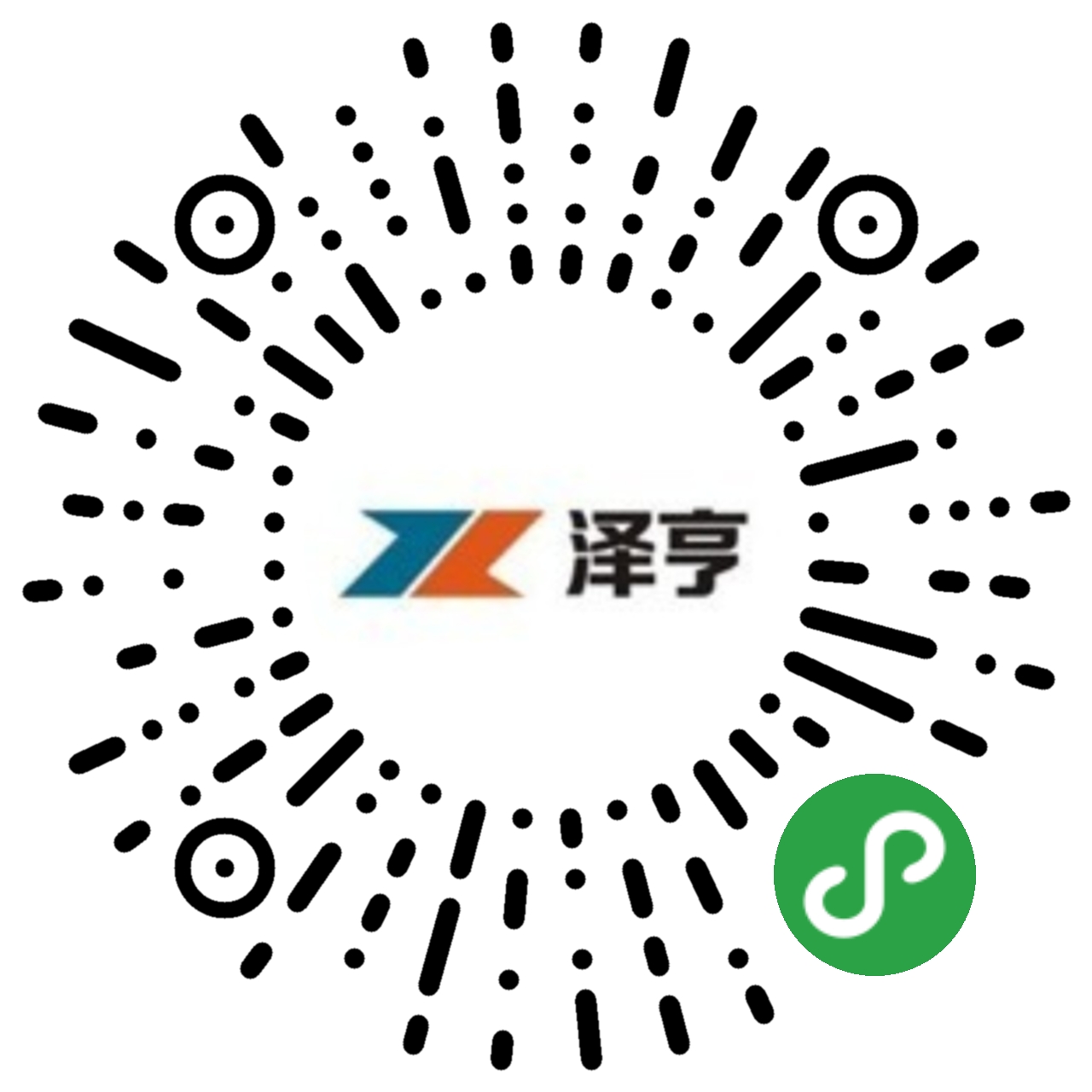news
In the VAT reform plan, it is pointed out that if the general VAT taxpayer (hereinafter referred to as the taxpayer) conducts VAT taxable sales or imports goods, the original 16% tax rate shall be adjusted to 13% and the original 10% tax rate shall be adjusted to 9%. As the policy falls into place, the main areas affected are industrial and commercial electricity, tax rebates for export products and cash flows of upstream and downstream enterprises. Many institutions believe that the impact on the price of non-ferrous metals may be mainly reflected in short-term price differentials.
The analysis of this policy by the following institutions may help users in the aluminium industry to judge the market:
Yao Xizhi, Director of Consulting and Research Center of Beijing Antaike Information Co., Ltd, made an account of this. In 2018, the weighted average total cost of China's electrolytic aluminium was about 14900 yuan/ton (including tax). The total cost of labor, depreciation, maintenance, finance, management and sales amounted to about 2250 yuan/ton, accounting for 15% of the total cost. Considering that the above part does not generate VAT. Therefore, the 3% reduction of VAT rate has no fundamental impact on this part of the cost. At the same time, considering that the remaining 85% of the cost and expenses are raw materials such as electricity, alumina, anode carbon, aluminium fluoride, etc. purchased by enterprises, in the monthly conversion cycle of VAT tax rate from 16% to 13%, to a certain extent, the input tax will exceed the sales tax, so the cash flow and profitability of aluminium enterprises will be significantly improved.
Luzheng futures also indicated that the impact of VAT on the aluminium industry was mainly concentrated in the middle reaches. The proportion of tax-containing part of the cost in the middle reaches was relatively high, which could basically reach more than 80%, and the input raw materials could be deducted more, so the reduction of VAT increased the profits of enterprises. The main cost of downstream processing industry is raw materials, especially the cost of raw materials for low and middle-end processing products is even more than 90%. The reduction of VAT will also increase the profits of processing industry. In addition, due to the lower gross profit in the middle and lower reaches, tax reduction has greater flexibility to improve corporate profits.
Thereafter, Antaike sent another paper on the impact of VAT adjustment on aluminium materials, indicating that the current tax rate adjustment involves two important time nodes, one is the VAT rate adjustment node on April 1, and the other is the export rebate rate adjustment node on June 30. In the long run, the three major categories of aluminium materials (aluminium strip, aluminium foil and some extruded materials) after the policy adjustment will enjoy full tax rebate, that is, to enter the international market at tax-free cost and compete with foreign products under the same conditions, so as to enhance their international competitiveness. The short-term impact is that enterprises need to coordinate the rhythm of import and export between the VAT adjustment node (April 1) and the export tax rebate adjustment node (June 30) to maximize the export tax rebate.
East China Sea Futures said that for the use of non-ferrous metals with tax price, without considering other factors, the most direct impact on metals after the reduction of VAT is the price decline. The new tax-bearing settlement amount is equal to the original amount (1 + original tax rate), (1 + new tax rate). The new tax settlement amount is equal to the original amount (1 + original tax rate), (1 + new tax rate). The cost price of non-ferrous metals imported from London is equal to (import price + CIF), (1 + tariff), (1 + VAT), (exchange rate + port miscellaneous charges + issuing fee. Assuming that other conditions remain unchanged, the reduction of VAT will reduce the cost price of imported metals, which is more conducive to the inflow of foreign goods into China. At the same time, the price of domestic metal exports will also have comparative advantages.
Generally speaking, the reduction of VAT improves the operating profit of alumina plants more than that of electrolytic aluminium plants. The main reason is that the purchase of ore in alumina plants does not include tax quotation, while the bargaining power of other raw materials and accessories is relatively strong in the industrial chain. In contrast, the electricity cost of power grid enterprises in electrolytic aluminium plants depends on the reform of electricity price, which has little correlation with the reduction of VAT, while the benefit of self-provided electricity is relatively high. Aluminum price must go through a long period of market game. For coal and ore mining, the profit margin is high, and the profit elasticity of VAT reduction is small. In addition, for aluminium industry transportation, long-distance railway transportation is the main way, and the price reduction depends on the Ministry of Railway; the cost reduction of highway transportation will be more obvious. In the aspect of aluminium processing, due to the reduction of VAT, the operating cost of enterprises will be significantly reduced. In addition, the reduction of VAT has a greater impact on the import of scrap aluminium. On the one hand, some domestic scrap aluminium is tax-free. The reduction of VAT reduces the tax gap, which is conducive to reducing enterprise costs. On the other hand, the reduction of the cost of imported scrap aluminium is conducive to increasing imports.










